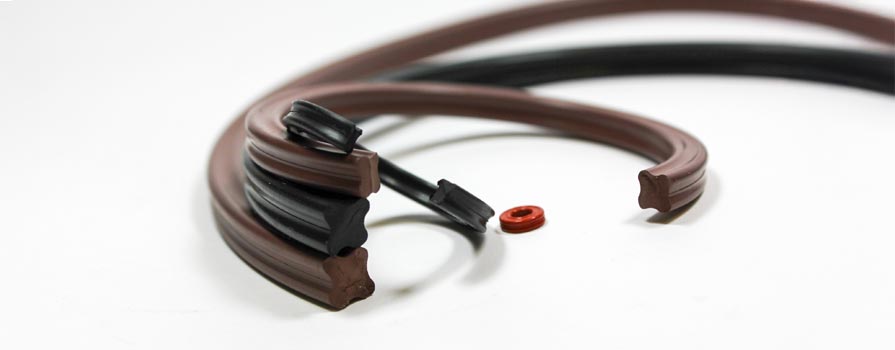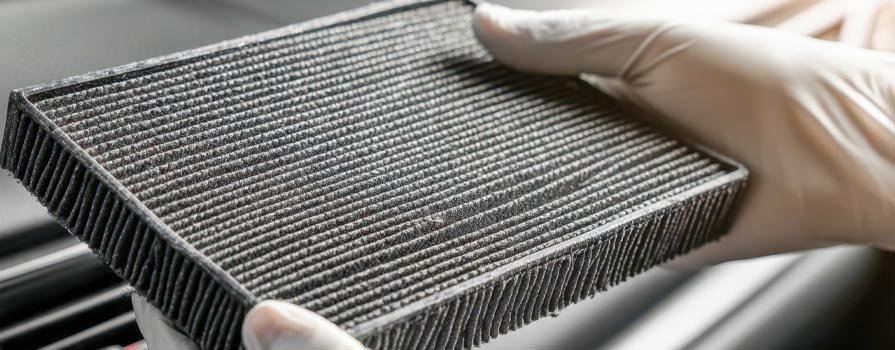Something we do all the time is eat. And to eat we need to cook. Cooking is just a fun and artful method of heat transfer into edible products to make them more digestible and palatable. We’re going to train our thermal vision onto a pot of boiling water. Boiling water is one of the essentials in cooking, though not all of us have a good handle on it.
Let’s find the three modes of heat transfer (conduction, convection, and radiation) in this everyday thermal task!
Calibrating our Thermal Vision
Here is our empty aluminum pot that we’re going to fill with water. It’s sitting on a glass top electric stove in the kitchen. Nothing to special when you think about it. It’s only when we point our thermal camera that things get interesting. Thermal imaging camera’s output a thermal contour image with different colors representing different temperatures. In this scale, we have dark blues as the coolest temperatures, to greens, yellows, orange, reds and up to white as the hottest temperatures.


Notice we have a few hot spots before we even get started. Since thermal camera’s typically adjust their color range to whichever temperatures it sees, there isn’t much temperature difference between these objects. Unfortunately, the images from our thermal camera don’t save with the whole scale, but we’ve put some temperature probes on later images to show some actual temperatures.
So what’s going on with these hot spots when we haven’t even turned on the stove?
The hottest spot we see is the LED display on the stove. As the stove is displaying the time, it’s emitting both light and heat, which is what we see with the camera. On the top right we see another hotter area. This is an electrical outlet. The resistance of electricity running through the wires generates a little heat and since the drywall doesn’t hide it, the thermal camera sees it.
Radiation
So we come to the two bright spots on the pot that supposedly has no heat on it yet. The bright yellow spot is actually a reflection of light and heat coming in from the kitchen window. And the yellow green spot? That’s my heat reflection. Since thermal energy can radiate, it acts just like light. If there are shiny surfaces, like my shiny pot, it will reflect the heat radiation.

Conduction

Let’s Turn on the Heat! Time to add some water and turn on the stove. I filled the pot about half full with water (yes, we’re optimists around here). Again in this image we see the LED of the stove and the electrical outlet on the top of the image. Notice how they’re much more subdued in this image than the last one. The relationship between the temperature of the stove and those things has dramatically changed and the colors of the thermal image updated to display that. We can also tell, based off the gradual change from mid green to blue and darker blue, there’s conduction bringing heat up along the sides of the pot.
We see the heat generated by the electric stove and how some of it’s conducting up and away from the bottom of the pot. We can also see some of the thermal radiation being reflected out from the inside of the pot in the green area. As the stove top gets hotter, dark splotches start showing up on the hottest areas. I learned that this is an artifact of the thermal camera since the temperature in those areas are too hot for the camera to measure. For our camera that limit is 302.4°F or 150°C.

Convection

We’ve seen radiation and conduction, so let’s find some convection. If we watch the pot closely, first, it will boil despite it being watched, and second, we can see some vapor forming before it starts to boil. Watching the vapor roll around in the pot above the water was mesmerizing, and the gif doesn’t quite do it justice. As a side note, those blue dots in the pot are where the handles are riveted into the pot. Those are a little cooler than the rest of pot since those handles essentially act like heat sinks, pulling heat away from the source.
A Rolling Boil
Once the pot starts boiling, more hotter vapor stops rolling inside the pot and starts rising up and out of the pot. There’s generally a central plume of hot air rising, but it’s behavior is fairly unpredictable. Natural convection is heavily dependent on surrounding conditions. Small variations in the ambient air can have a drastic effect on how the central plume of vapor moves. Again, mesmerizing.


Here’s a time lapse of the whole heating process with a few temperature probes to give a bit of scale.
So there’s the first of hopefully a long series! Everyday Thermals: Boiling Pot of Water. Didn’t think something so mundane would look this exciting, right?
Learn more about the Fundamentals of Heat Transfer or contact our team to help you with your heat transfer challenges!






